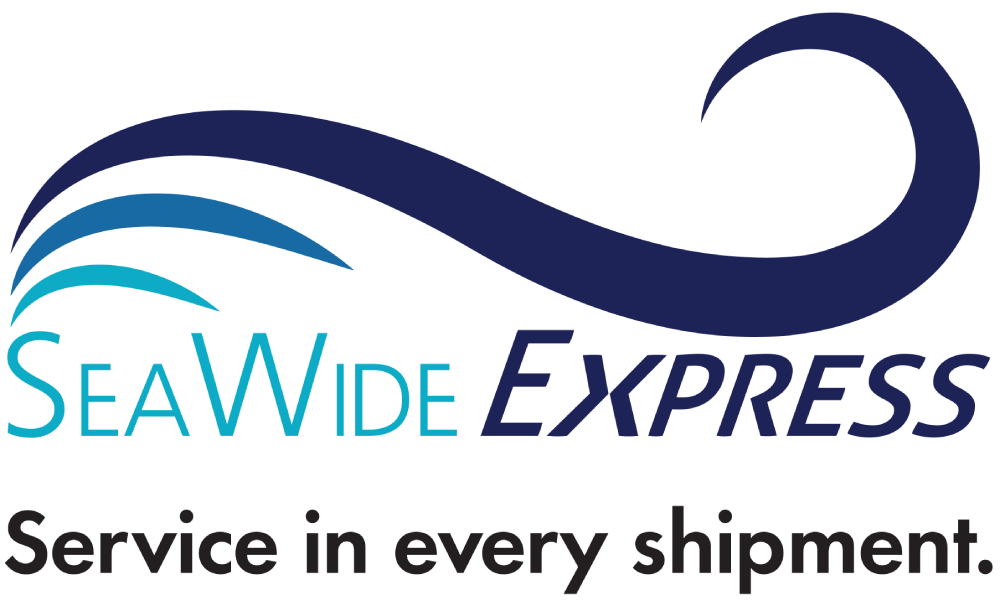Fueling Peak Season: Ensuring Reliable Energy Shipments with Ocean Freight Best Practices
As summer demand for electricity, fuel, and industrial products accelerates, energy companies cannot afford interruptions in their supply chains and reliable ocean freight shipping becomes critical. Unplanned delays in delivering fuel, lubricants, or critical equipment can lead to production slowdowns, customer dissatisfaction, and lost revenue.
By adopting proven ocean freight best practices, energy shippers can safeguard operations, securing uninterrupted deliveries, controlling costs, and maintaining resilience during the busy season. Here’s how SeaWide Express’s best practices in freight forwarding Hawaii, Alaska and Guam secure your peak-season supply chain.
1. Strategic Sailing Schedule Lock-Ins
Ocean carriers often raise rates and tighten capacity during peak summer months. Booking mid-week or “shoulder-season” sailings (late spring and early fall) allows shippers to secure guaranteed space at favorable rates before demand surges.
Volume Contracts: Negotiate quarterly or annual agreements with ocean carriers for dedicated vessel space, especially on key trade lanes.
Order Lead-Time Alignment: Coordinate your procurement schedules so that your purchase orders meet carrier cut-off dates for off-peak sailings.
Guaranteed capacity and stable rates help avoid last-minute spot premiums and ensure fuel and lubricant shipments arrive when needed.
2. Multi-Port Diversification
Relying on a single port can create a single point of failure. Weather events or terminal congestion at a major gateway can stall all your inbound ocean freight.
Alternate U.S. Ports: While we focus on West Coast gateways like Los Angeles and Tacoma, strategic use of alternate ports minimizes delays.
Inland Connectivity: Combine ocean legs with U.S. rail or drayage from multiple ports to reach your distribution centers.
Diversifying entry points reduces the impact of localized delays and provides greater flexibility during hurricane season or labor disruptions.
3. Specialized Tank Containers & Break Bulk Handling
Energy products, especially chemicals, lubricants, and fuels, require specialized equipment and strict safety protocols. Breakbulk shipments of large turbines, pumps, or spare parts add complexity.
Tank Container Certification: Use 20’, 40’, or ISO tank containers certified for your specific commodity, ensuring proper clean-out, inspection, and testing.
Breakbulk Partnerships: Engage experienced breakbulk carriers with roll-on/roll-off (RoRo) or flat-rack capability for oversized industrial components.
Proper handling mitigates contamination risks, supports regulatory compliance, and prevents costly cargo damage.
4. Contingency Routing & Carrier Alliances
Even the best plans can face unexpected changes, vessel delays, port strikes, or weather closures. Having alternative routes and carrier partnerships is essential to maintain flow.
Carrier Alliances: Establish relationships with multiple ocean carriers to secure standby space on alternate sailings.
Buffer Inventory: Pre-stage critical materials at consolidation centers for rapid re-load onto secondary vessels.
Contingency planning ensures that, even under disruption, your energy shipments can be rerouted without missing critical deployment windows.
5. Real-Time Visibility & Proactive Exception Management
Lack of visibility into transit status prevents you from intervening until a delay becomes an emergency, often requiring expensive expedited freight.
Unified Visibility Portal: Use a single dashboard to track ocean legs, drayage, and inland segments in real time.
Automated Alerts: Configure exception notifications for berth delays, customs holds, or deviations in transit milestones.
Proactive alerts enable your team to resolve issues, such as rerouting or equipment adjustments, before they derail your supply chain.
Conclusion
Peak-season energy logistics require strategic planning across ocean freight Hawaii, Guam, and Alaska. By integrating strategic sailing lock-ins, multi-port diversification, specialized handling, contingency routing, and real-time visibility, you can ensure reliable ocean freight for fuel, lubricants, and critical equipment.
Ready to fortify your peak-season energy supply chain? Request a freight forwarding quote for a tailored ocean freight solution that keeps your operations powered, no matter how high the summer surge.

